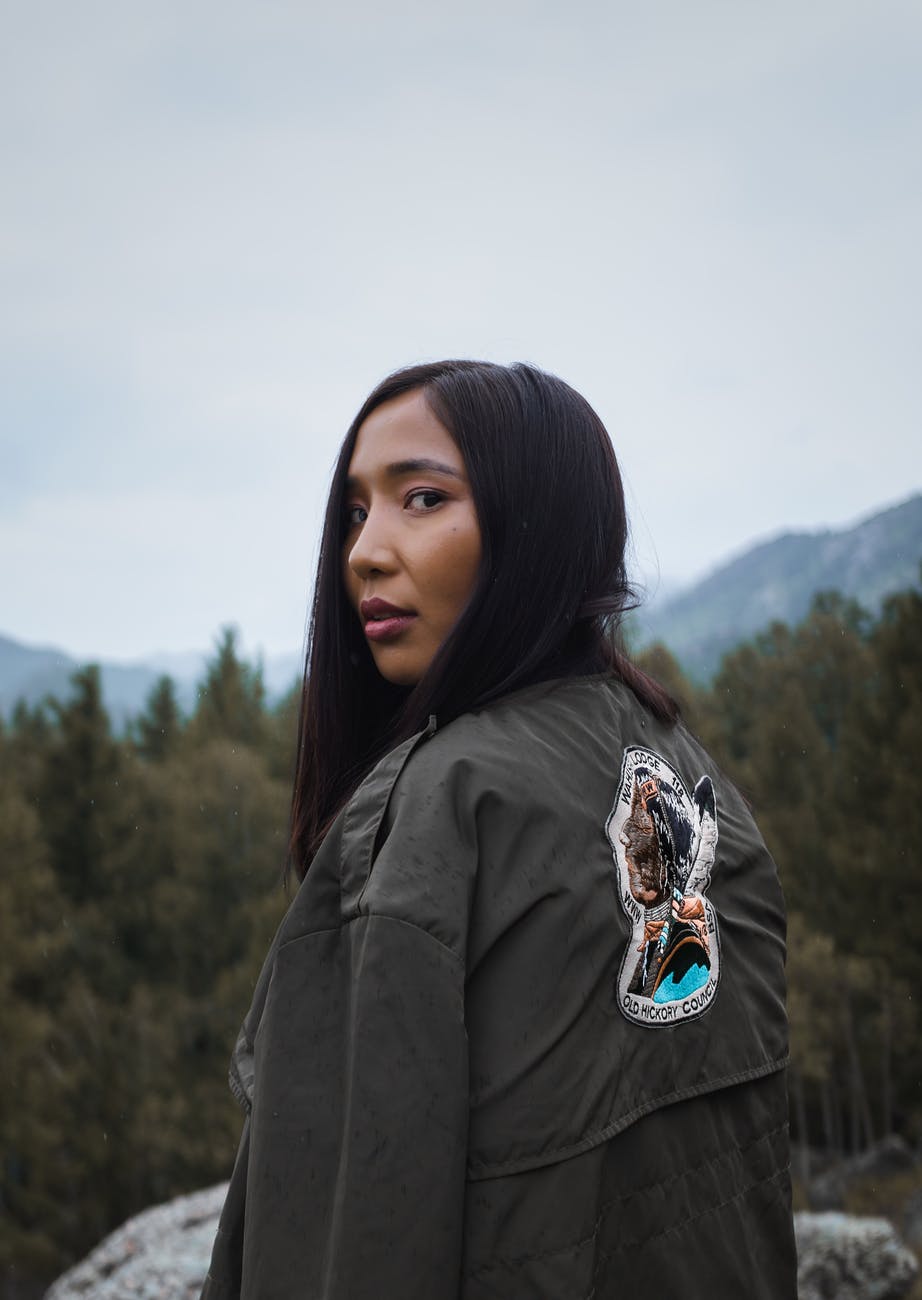The Missing Generation: The Silent War Against Indigenous Women
She was on her way home from celebrating the new year, when her only mode of transportation broke down in winter nightfall. Her last documented moments seem to be out of the movie, Wind River, as she is seen sauntering into an abysmal, frosted field. Only sixteen, Selena Shelley Faye Not Afraid was last documented at a frozen Montana rest stop. Moments later she disappears into the dark, winter chill. Here one minute and gone the next, Selena’s disappearance rattled Big Horn County. The 28th in a slew of Native American women who have disappeared in the area, Selena’s disappearance and eventual death was one of many cases dismissed by frivolous police investigations. A tangled web of sociopolitics has left many missing and murdered Native American women misclassified as other races, stereotyped as runaways, neglected in urban crime hotspots, or lost to withering tribal jurisdiction. These women’s disappearances exemplify centuries of abuse against Native Americans, a systemic genocide that has become as American as apple pie.

Yearbook photo of Selena Shelley Faye Not Afraid courtesy of family
A lack of Native perspectives in the media creates a culture of invisibility when it comes to socioeconomic disparities and violence against Native women. The objectification of Native Americans for cultural phenomena such as sports teams, Halloween costumes, and mascots is not new, however it has not been commodified in the same way as other cultures. Hip hop culture, for example, has amassed a level of cultural capital that facilitates (albeit minimal) representation and dialogue about the African American experience in America. As only vague appropriations of Native art, music, and relics have been popularized by the mainstream, many have not heard the struggles of Native people from first person accounts. The forced segregation of Native people onto reservations has only furthered the chasm between the stereotypes perpetuated by the public and the realities of what it means to be Native in America.

The U.S. and Canada have long policed North American indigenous ways of life through genocidal force. One of many historical initiatives was the movement to “civilize” Native Americans via boarding schools. The schools were eventually closed after a 1930 investigation found children malnourished and abused. The next federal push focused on assimilation and efforts to relocate Native Americans away from reservations. The Indian Relocation Act of 1956 took away federal funding from reservation schools, services, hospitals, and jobs. The act also ended federal recognition of most tribes, displacing and delegitimizing entire indigenous nations. U.S. Government attempts to aid city relocation through money and vocational training, failed to shield Native people from discrimination and dwindling job opportunities in urban centers.

Loved ones of North America’s Native population are vanishing without a trace at alarmingly high rates. Today, 78 percent of America’s Native population lives away from reservations, with about 60 percent of that figure living in urban cities. A lack of tribal jurisdiction in urban cities makes it hard for Natives to find loved ones who go missing. The Royal Canadian Mounted Police (RCMP) acknowledged in a 2014 report that there have been more than 1,200 missing and murdered Indigenous women between 1980 and 2012. Indigenous women’s groups, however, document the number of missing and murdered to be over 4,000.

*Graphic compiled from a 2016 Urban Indian Health Institute survey of 71 American cities*
Native women cannot be condensed down into historically inaccurate Disney princesses, stereotypes, or statistics. Native Women are being targeted because of their vulnerability in a systemically racist system. The fight to end violence against Native women requires all of us to stay vigilant. Organizations such as, Native Women's Association of Canada, Native Women’s Wilderness, and Coalition to stop violence against Native Women are dedicated to bringing awareness to violence against Native American women and providing resources for families to find their loved ones.
Fighting the erasure of Native American women starts with education, our collective power lies in our collective knowledge. For more information, listen to athlete and activist Rosalie Fish’s Ted Talk on murdered and missing indigenous women, and read the collection and call to action Standing With Our Sisters curated and edited by Joseph Boyden. Exercise your agency by donating to organizations such as Winnipeg’s Mama Bear Clan and Drag the Red initiative, groups who are fighting to find missing women and give back to those struggling for basic resources. By cultivating a culture of awareness, we can make the silence surrounding this systemic evil deafeningly loud.
*Image courtesy of Coalition to stop Violence Against Native Women*












